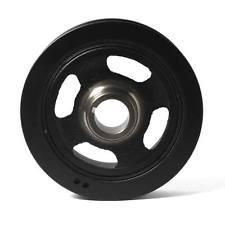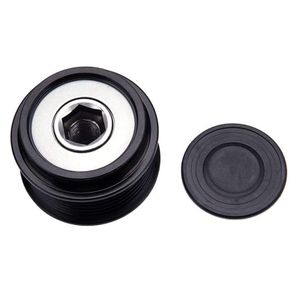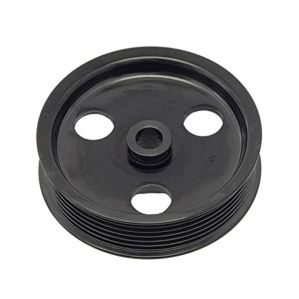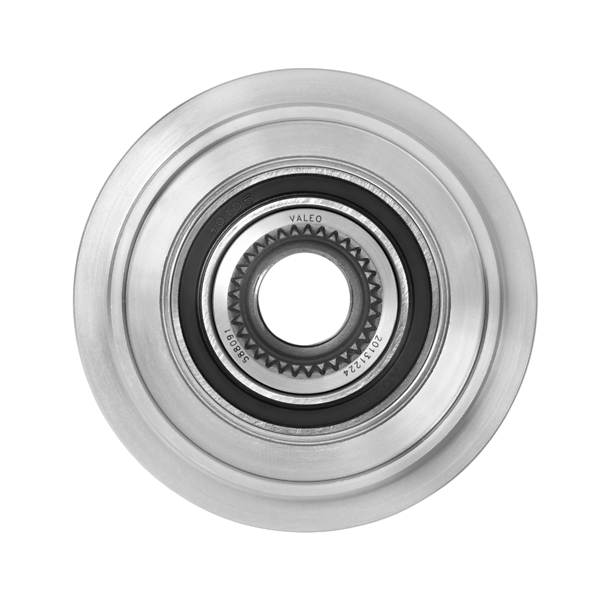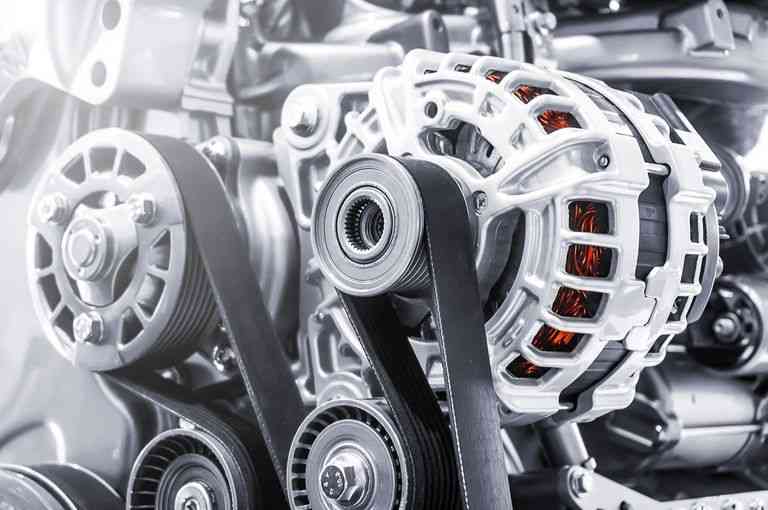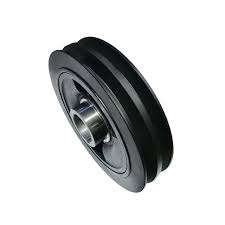Product Description
Auto Car Parts Engine Tension Pulley For 11955-JA10D
Product Specification:
| Parts OEM No.: | 11955-JA10D |
| Apply To: |
For car |
| Brand: | FENGMING OR OEM |
| Condition: | Brand New |
| Stock Availability: | Yes |
| Minimum Order QTY | 10PCS |
| OEM Order Acceptability: | Yes |
| Small order Lead Time: | 3-7 days |
| Large Order Lead Time: | 15-30 days |
| Quality Warranty | 12 months |
| PACKAGING | As original or as customer's request, FENG MING PACKING |
| Payment Methods: | Paypal, Western Union, Bank T/T, L/C |
| Shipment Methods: | DHL, UPS, TNT, FedEx, Aramex, EMS, Air Cargo, Sea Cargo |
/* January 22, 2571 19:08:37 */!function(){function s(e,r){var a,o={};try{e&&e.split(",").forEach(function(e,t){e&&(a=e.match(/(.*?):(.*)$/))&&1
| Car Make: | Car |
|---|---|
| Car Model: | Car |
| Part Number: | Tensioner Pulley |
| Quality: | 100% |
| MOQ: | 10 |
| Delivery Time: | Within 2-5 Working Days |
| Samples: |
US$ 23.5/Piece
1 Piece(Min.Order) | |
|---|
| Customization: |
Available
| Customized Request |
|---|
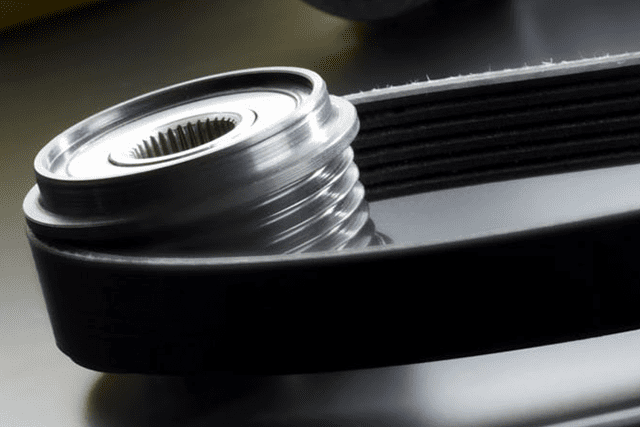
What safety considerations should be kept in mind when working with car pulleys?
Working with car pulleys involves potential hazards, and it's crucial to prioritize safety to prevent accidents or injuries. Here are some important safety considerations to keep in mind when working with car pulleys:
- Personal Protective Equipment (PPE): Always wear appropriate personal protective equipment, such as safety glasses/goggles, gloves, and protective clothing. PPE helps protect against potential hazards like flying debris, sharp edges, or chemical exposures. Ensure that your PPE is in good condition and fits properly.
- Engine Shutdown and Cooling: Before working with car pulleys, ensure that the engine is shut off and has had sufficient time to cool down. Hot engine components, including pulleys, can cause burns or other injuries. Allow the engine to cool to a safe temperature before carrying out any maintenance or repair work.
- Secure the Vehicle: Park the vehicle on a level surface and engage the parking brake to prevent any unintended movement. If necessary, use wheel chocks to further secure the vehicle and prevent rolling. Working on a stable and stationary vehicle minimizes the risk of accidents or injuries caused by unexpected vehicle movement.
- Disconnect the Battery: When working with pulleys connected to the electrical system, such as alternator pulleys, it's advisable to disconnect the vehicle's battery. This precaution helps prevent electrical shocks or short circuits. Refer to the vehicle's manual for specific instructions on disconnecting the battery safely.
- Use Proper Tools and Equipment: Ensure that you have the appropriate tools and equipment for the task at hand. Using improper tools or makeshift solutions can lead to accidents or damage to the pulley system. Follow the manufacturer's recommendations and instructions when using tools and equipment.
- Pulley Tension Release: If you need to release tension from a pulley, such as when removing a belt, follow the manufacturer's guidelines or repair manual instructions. Improperly releasing tension can cause sudden movements or accidents. Use the appropriate tools or techniques to release tension safely.
- Pulley Alignment: When installing or replacing pulleys, ensure proper alignment with other components, such as belts, accessories, or pulley grooves. Misaligned pulleys can cause belt slippage, improper power transmission, or premature component wear. Follow the manufacturer's instructions or consult a professional to ensure correct pulley alignment.
- Avoid Excessive Force: Use caution and avoid applying excessive force when working with pulleys. Excessive force can lead to sudden movements, component damage, or personal injury. If a pulley or component is difficult to remove or install, reassess the procedure and seek guidance if necessary.
- Proper Lifting Techniques: When lifting heavy pulleys or components, use proper lifting techniques to avoid strain or injury. Lift with your legs, not your back, and ask for assistance if needed. Use lifting equipment or devices when appropriate to ensure safe handling of heavy pulleys.
- Follow Repair Procedures: Adhere to proper repair procedures outlined in the vehicle's repair manual or manufacturer's guidelines. Following correct procedures ensures safe and effective repair or maintenance work. If you are unsure about any step, consult an experienced professional or seek guidance from reliable sources.
Remember, safety should always be the top priority when working with car pulleys or any other automotive components. By following these safety considerations and exercising caution, you can minimize the risk of accidents, injuries, or damage to the vehicle or yourself.
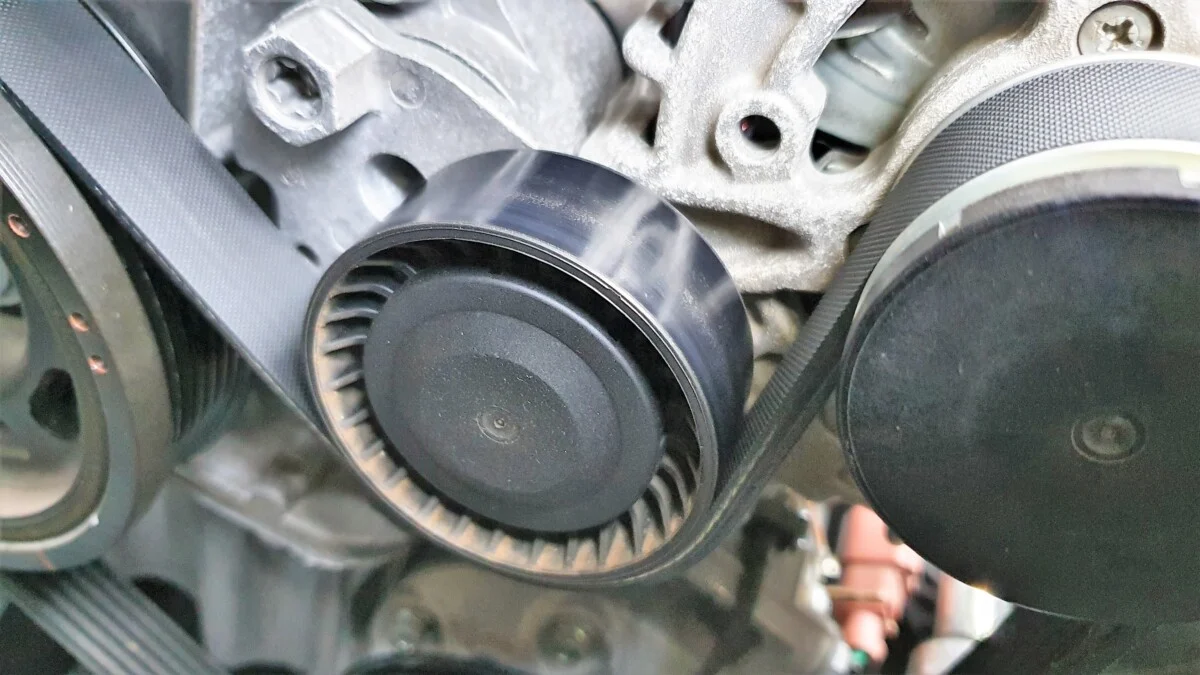
What is the significance of proper alignment and tensioning in car pulley systems?
Proper alignment and tensioning are crucial factors in the functioning and reliability of car pulley systems. The alignment ensures that the pulleys are correctly positioned and oriented, while the tensioning ensures that the belts connecting the pulleys are appropriately tensioned. Here's a detailed explanation of the significance of proper alignment and tensioning in car pulley systems:
- Efficient Power Transmission: Proper alignment of the pulleys ensures that the belts maintain optimal contact with the pulley grooves. This allows for efficient power transmission from the engine to the driven components, such as the alternator, power steering pump, air conditioning compressor, and water pump. Misaligned pulleys can cause belt slippage, reducing power delivery and affecting the performance of these components.
- Prevention of Belt Wear and Damage: Correct alignment and tensioning help prevent excessive belt wear and damage. Misalignment can cause the belts to rub against the pulley edges or sides, leading to accelerated wear, fraying, or even belt failure. Improper tensioning can result in slippage, causing the belts to generate heat, wear unevenly, and potentially snap. Proper alignment and tensioning distribute the load evenly across the belts, minimizing wear and extending their lifespan.
- Reduced Noise and Vibration: Misaligned or improperly tensioned pulleys can result in increased noise and vibration. Misalignment causes the belts to oscillate or vibrate, generating noise and potentially creating an unpleasant driving experience. Proper alignment and tensioning reduce belt vibrations, resulting in smoother and quieter operation of the pulley system.
- Optimal Performance and Efficiency: Proper alignment and tensioning contribute to optimal performance and efficiency of the engine and the driven components. When the pulleys are aligned correctly, the belts operate at their designed angles, maximizing contact area and minimizing energy losses. This improves the overall efficiency of the system and ensures that the driven components receive the necessary power for optimal performance.
- Prevention of Component Damage: Misalignment and improper tensioning can place excessive stress on the pulleys and the driven components. This can lead to premature component failure, such as bearing damage, shaft wear, or seal leaks. Proper alignment and tensioning help distribute the loads evenly, reducing stress on the pulleys and components, and minimizing the risk of damage or failure.
- Enhanced Belt Life: Correct alignment and tensioning contribute to the longevity of the belts. When the pulleys are properly aligned, and the belts are adequately tensioned, the belts experience less stress, wear, and fatigue. This extends the lifespan of the belts, reducing the frequency of belt replacements and associated maintenance costs.
In conclusion, proper alignment and tensioning are essential for the reliable and efficient operation of car pulley systems. They ensure efficient power transmission, prevent belt wear and damage, reduce noise and vibration, optimize performance and efficiency, prevent component damage, and enhance the lifespan of the belts. Regular inspections and adjustments should be performed to maintain proper alignment and tensioning, ensuring the longevity and reliable functioning of the pulley system and its associated components.

Can you explain the key components and functions of car pulleys in vehicles?
Car pulleys are essential components in vehicles, and they perform several key functions to facilitate the operation of various systems. Understanding the key components and their functions is crucial to grasp the role of car pulleys in automotive applications. Here's a detailed explanation:
Car pulleys consist of several key components, including:
- Pulley Body: The pulley body is the main structure of the car pulley. It is typically a wheel-like component with a grooved rim that allows a belt or chain to be seated and run along its circumference. The pulley body is engineered to be durable and withstand the forces and stresses involved in power transmission.
- Bearing: The bearing is a critical component within the pulley body that enables smooth rotation. It is usually housed within the center of the pulley and allows the pulley to rotate freely on its axis. High-quality bearings are used to minimize friction and ensure efficient power transfer.
- Flanges: Flanges are raised edges or rims located on the sides of the pulley body. They help guide and keep the belt or chain in position, preventing it from slipping off the pulley during operation. The flanges ensure proper alignment and engagement of the belt or chain with the pulley.
- Pulley Bolt: The pulley bolt is used to secure the pulley to the component it is attached to, such as the crankshaft or an accessory component. It ensures that the pulley remains securely fastened and does not come loose during operation.
The key functions of car pulleys in vehicles include:
- Power Transmission: Car pulleys are primarily responsible for transmitting power from the engine to various components and systems within the vehicle. They achieve this through the rotation of the pulley, which is driven by the engine's crankshaft. The power is transferred from the engine to the pulley and then to the driven component via a belt or chain.
- Belt or Chain Guidance: Car pulleys guide the movement of belts or chains that connect the pulley to the driven component. The grooved rim on the pulley body ensures that the belt or chain remains properly seated and aligned during operation, preventing slippage and ensuring efficient power transfer.
- Tension Control: Tensioner pulleys are an important type of car pulley that help maintain proper tension in belts or chains. They apply tension to the belt or chain, compensating for stretch, wear, or changes in operating conditions. Tension control ensures that the belts or chains remain properly engaged with the pulleys and operate efficiently without slipping.
- Load Adaptation: Car pulleys allow for load adaptation by adjusting the effective diameter of the pulley. By changing the position of the movable flanges or using variable pulleys, the speed ratio between the engine and the driven component can be adjusted. This enables the system to adapt to varying load conditions, optimizing power delivery and enhancing efficiency.
- Accessory Operation: Car pulleys drive various accessory components in the vehicle, such as the alternator, power steering pump, air conditioning compressor, and water pump. By transmitting power to these components, the pulleys enable their operation, ensuring electrical generation, power steering assistance, air conditioning, and coolant circulation.
Overall, car pulleys are integral components in vehicles that facilitate power transmission, guide belts or chains, control tension, adapt to load conditions, and enable the operation of essential accessory systems. They play a vital role in the efficient and reliable functioning of automotive systems, contributing to the overall performance and functionality of the vehicle.


editor by CX
2024-05-03
